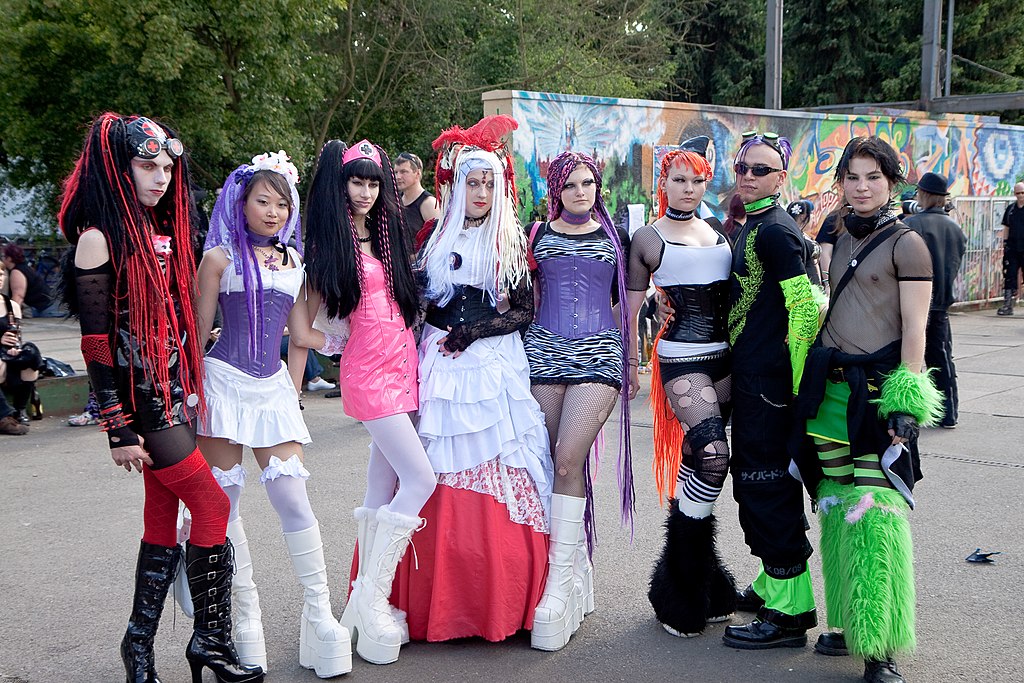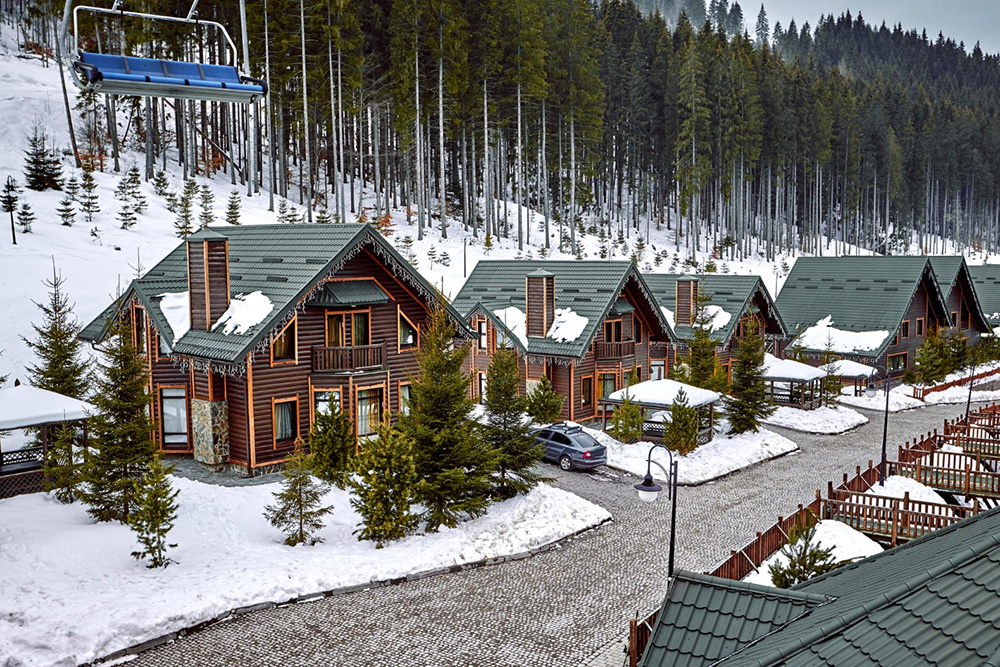A culture of respect for diversity expands the space for self-expression. Moreover, today, by demonstrating your own style, beliefs, or lifestyle one can create a trend and build a community of followers. Social networks, especially TikTok, launched in 2020, have made it easier for subcultures to emerge, and currently no researcher can compile an exhaustive list of them. Along with the “classic” emo, hipsters, and cybergoths, millions of people across the world now identify themselves as followers of Traumacore, Scene, or Ghetto Goth. And this list is being updated daily.
If you love to bake flavored cakes, play a certain computer game, grow flowers in your garden, try to get over childhood traumas to no avail, or, for example, enjoy reading a Gothic novel by candlelight in a library, Google it: there is a good chance that there is already a community of people in the world who love to do the same thing.
Despite the high level of competition and the rapidly changing interests of modern youth, some subcultures manage to stay at the peak of popularity for years, attracting more and more followers. So, what are the most notable subcultures of modern youth?
Dark Academia
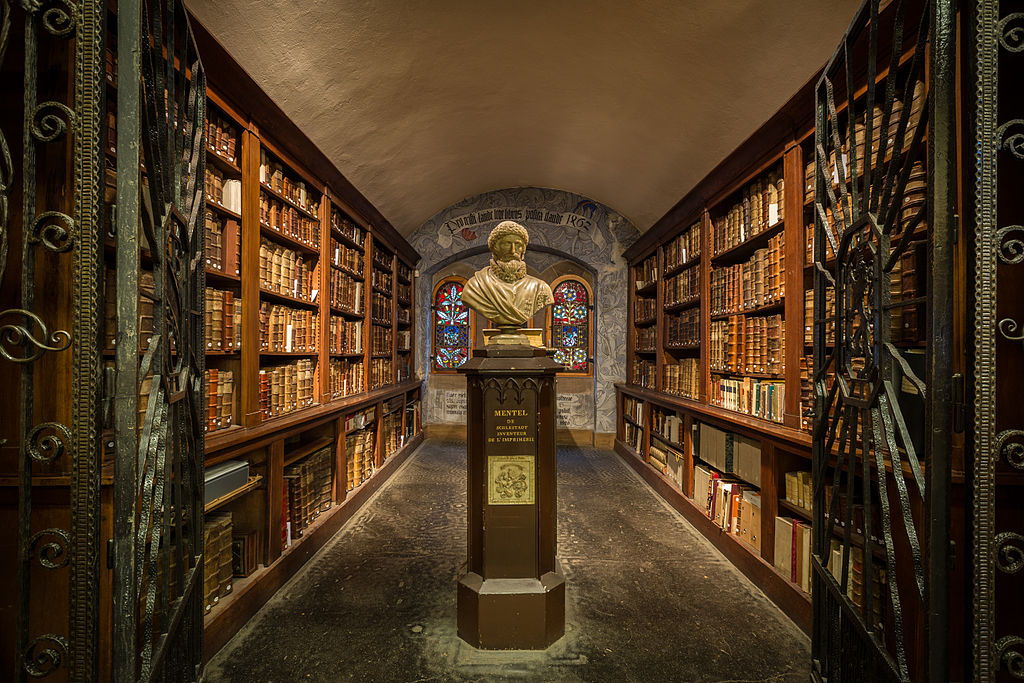
Photo: The Humanist Library of Sélestat, France, Source: Wikipedia
From Harry Potter to Wednesday, stories about intellectual, sophisticated and slightly aloof heroes have gone beyond the screen and shaped a whole generation of people who embody their style in real life. The Dark Academia is “a subculture with a strong emphasis on reading, writing, and learning.” “Nerds” wearing glasses and a shirt neatly buttoned up with all the possible buttons have become attractive and extremely stylish. Dark Academia followers emphasize their sharp minds, academic knowledge, and perfect artistic taste.
Today, Dark Academia is considered to be an aesthetic centered around the romanticization of higher education, classical art and literature, Greek and Gothic architecture, and a fascination with mystical natural phenomena.
Researchers also point to Dark Academia as a reference to the style of the European elite of the past centuries.
Videos tagged with Dark Academia, created mainly by users aged 14 to 25, have become a real hit on TikTok, gaining tens of millions of views. And although Dark Academia emerged more than half a decade ago, this subculture remains popular.
Cottagecore
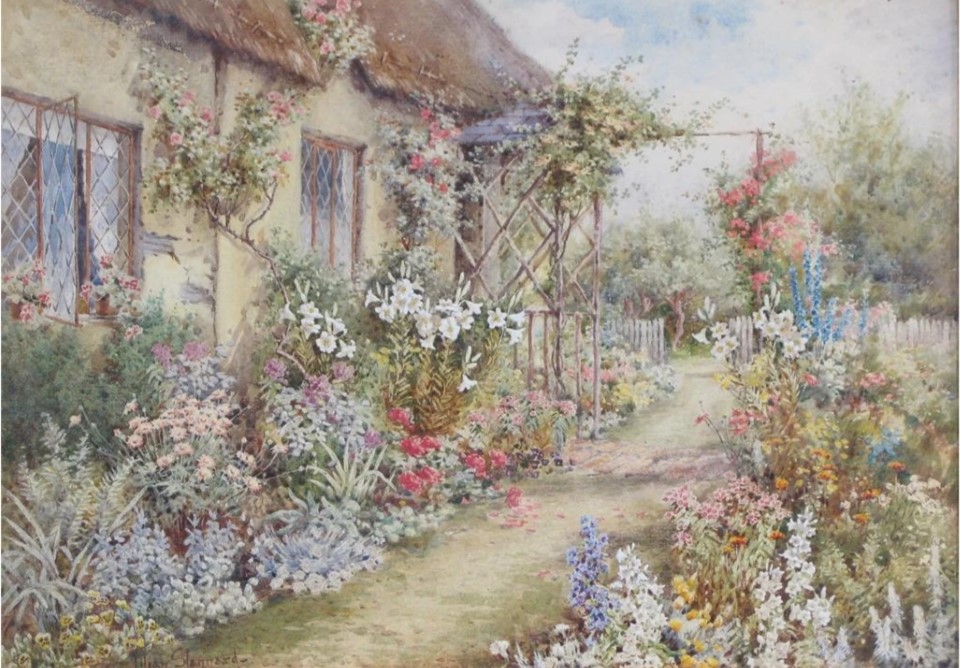
Photo: Cottage gardens typify the ‘cottagecore’ aesthetic. Lilian Stannard (1877-1944), Source: Wikipedia
Cottagecore, also known as farmcore, is an aesthetic that “embodies simple living, especially in rural areas.” Cottagecore recalls the authentic skills that people have had for centuries: baking bread, gardening, horticulture, and making their own clothes. This subculture promotes a lifestyle that is as close to nature as possible. The content produced by Cottagecore representatives became a trend on social media and blogs, including TikTok, Instagram, and Tumblr, back in 2017.
The New York Times explores the farmcore phenomenon, calling it “desire to live in a world outside the one currently inhabited.” In her article, writer Isabel Slone explains that “in the cottagecore universe, there are no phones pinging constantly with updates, no urgent work emails, no evenings spent responding to the onerous demands of a tyrannical boss. In fact, there is no labor beyond domestic, and workaday tasks are completed with a gauzy sense of fulfillment.”
Сottagecore is entirely focused on living in the here and now and consciously enjoying the present moment. This subculture offers a break from the frantic pace of the modern world of information overload and the pursuit of success.
E-Boys/E-Girls
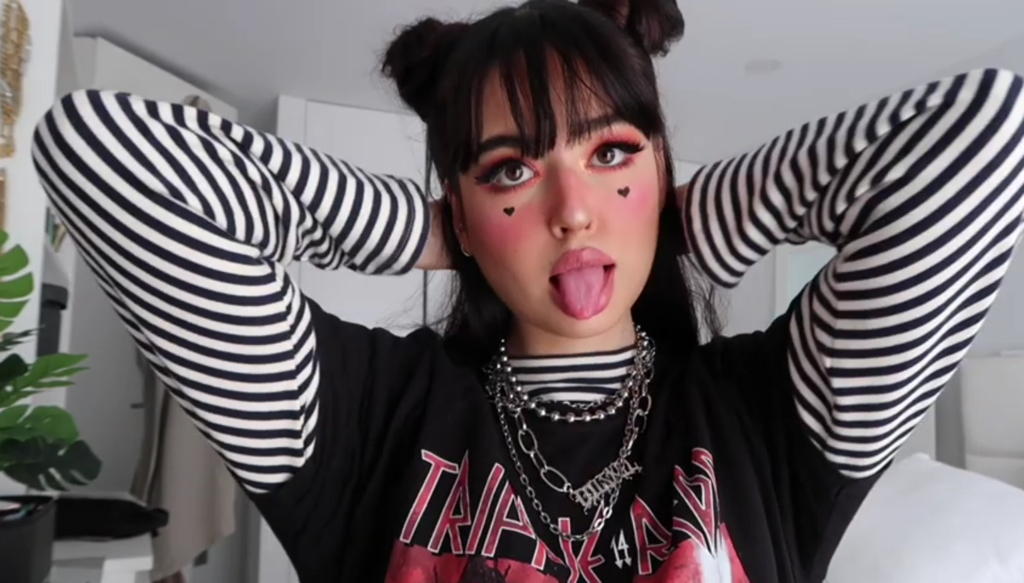
Photo: An e-girl with typical fashion, makeup and gestures, Source: Wikipedia
The very terms “e-girl” and “e-boy” are derived from “electronic boy” and “electronic girl” and a direct association with the World Wide Web. Some argue that this subculture is a rebirth of emo and Scene, while others see it as a reference to Japanese street fashion of the 2000s, including anime, kawaii, and lolita fashion styles. In broad terms, it’s a perfect synergy of all of the above: gothic fashion, emo and Scene, influenced by Asian fashion trends, with a touch of K-pop cosplay.
Real electronic boys and electronic girls have their own daily rituals. As in the Goth and Emo subcultures popular on MySpace in the 2000s and Tumblr in the 2010s, E-Boys/E-Girls spend hours creating their images. They have spectacular makeup, brightly colored, often neon hair a la Billie Eilish. Following style and fashion trends is a key factor in the E-Boys/E-Girls subculture, as are special emotional markers.
E-girls and E-boys emphasize their own sensitivity, vulnerability, and shyness. Despite the fact that the name of the subculture includes “girls” and “boys”, gender has a conditional meaning for the representatives of this culture. They do not dress according to traditional female or male canons, focusing on expressing their inner identity, free from any restrictions. E-boys also change the perception of male attractiveness in this way, using the “soft-boy aesthetic” and even androgyny.
Vaporwave

Photo: Vaporwave aesthetics, Source: Wikipedia
The fascination with emojis, cats and numerous meme characters hyper-popular on the Internet is turning into a fashion trend. It can be seen on Moschino’s runways with their SpongeBob and McDonald’s inspired collections instead of elegant dresses. Fashion bloggers and teenagers are among Vaporwave’s supporters. Vaporwave with a lot of acidic pastel colors and holographic images is also characterized by a crazy futuristic, exaggerated mix inspired by cyberpunk, Renaissance aesthetics, web design of the 80s/90s, and Japanese characters.
VSCO girls
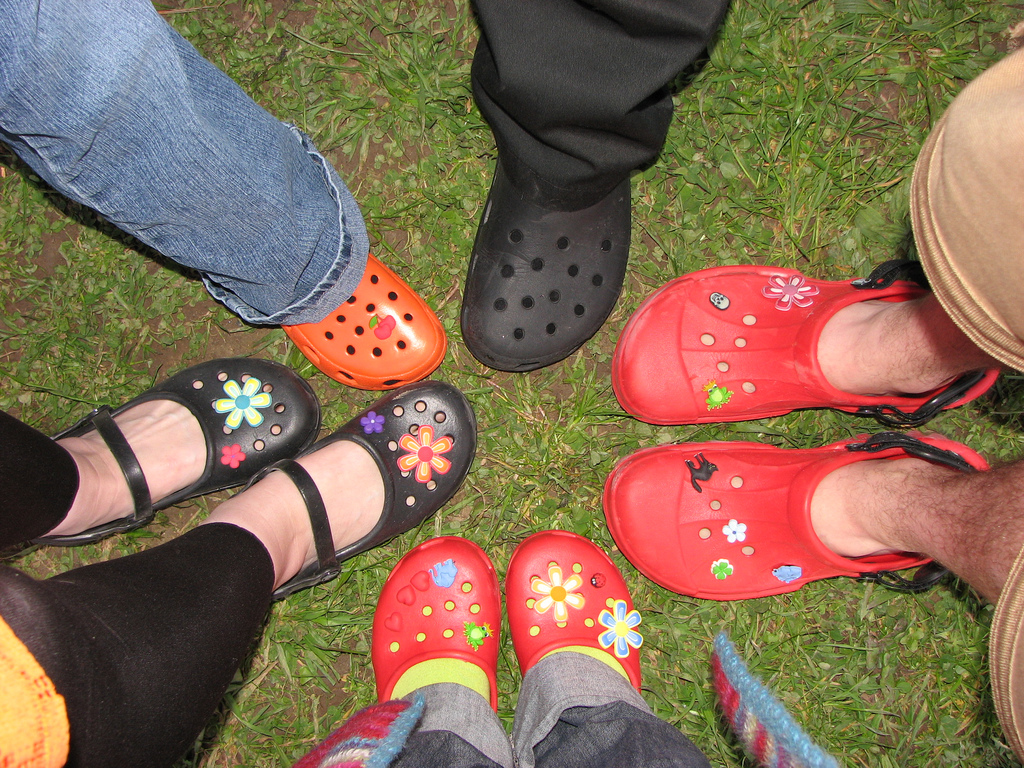
Photo: VSCO girls aesthetics, Source: Wikipedia
VSCO girls got their name from the eponymous photo-sharing app. The term VSCO girl refers to a popular subculture among Generation Z members that unites teenage girls following certain fashion trends. VSCO girl fashion is often described as “casual”. VSCO girls often wear oversized T-shirts, sweatshirts or sweaters that are sometimes long enough to cover their often athletic shorts. Among the characteristic style items of VSCO girls are also cycling shorts, capris and leggings, T-shirt dresses, denim skirts, mom jeans and Nike socks in a wide variety of colors. Wearing almost always white sneakers, plimsolls, or crocs with necklaces with shells and an instant print camera, VSCO girls have a lot of freedom and ease. They are also emphatically eco-friendly and care about nature. They use iron straws instead of disposable ones, often buy clothes at second-hand stores, and always have their favorite water bottle in their bag
***
It should be noted that there are thousands of other subcultures in the world, each with their own distinctive markers, and only time will tell how long they will remain popular.
However, it is already clear that in a highly individualized world, people, especially young people, still desperately strive to feel part of a community, even if united by a love of memes or growing cucumbers in their own garden.
Source: The Gaze


